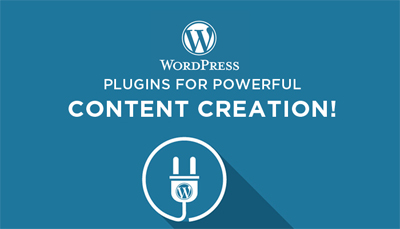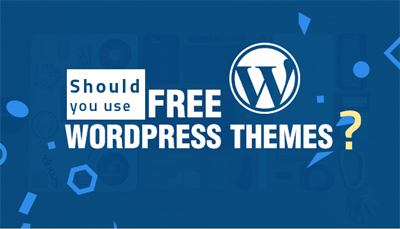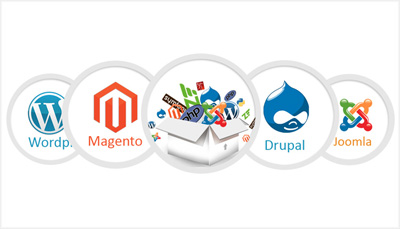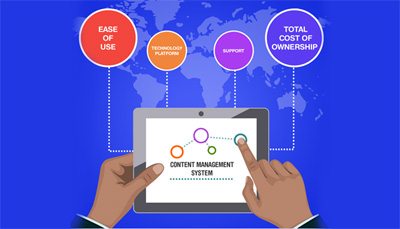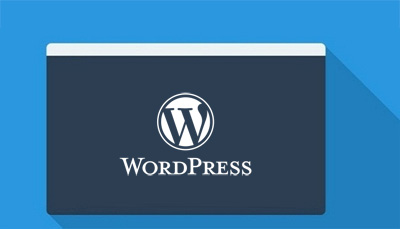Is your content management system (CMS) being used for mere storing and managing content? Or has it been designed for providing best user experience to your website visitors?
A meaningful digital experience has become quite significant these days to stay ahead of the competition. Not only your website design but the content management system also plays a major role in providing a comfortable user experience to your visitors.
Thus, a content management system should be more than just a tool for broadcasting the content on your website. With so many changing trends happening in website design and development, the trends in content management are also changing at a fast pace giving importance to customer experience and business growth.
Let’s know the content management system trends which have helped businesses in presenting the content in a much more futuristic manner.
Integrating With Other Applications
The content management system should have the ability to sync with other applications. This feature has become mandatory these days as there are so many tasks in business to be done from a single platform.
Whether you want to integrate your content management system with CRM or a payment gateway, the process should be streamlined and properly managed in order to provide a seamless functionality to your visitors.
Research and Analysis
Having a website which is well-designed and excellent in functionality is not at all worth with a proper research and analysis on what your users are looking for.
The CMS including analytical tools can inform you exactly what your users are looking for. This research and analysis would help you in creating the content which can provide best user experience resulting in higher engagement and conversions.
This would help you in ensuring that you are answering to all the queries and demands of your customers and creating the content with different contexts in mind.
Customized for Managing Multiple Platforms
Besides your website, your customers would be exploring your business through your mobile application, emails, phone call center, etc. Is your CMS connected to these cross-channel touch points?
You may ask why is it necessary for a content management system to manage each and every part of your marketing process. If your CMS is connected to the multiple platforms, it would provide you a convenience of accessing the entire information from a single platform.
But, how would this help your customers? The ease of accessing information would obviously lead you towards providing a better and quick response to your customers.
Infusing Artificial Intelligence
There is a lot of talk about artificial intelligence (AI) these days. Studies revealed that AI market will grow to $5.05 billion in next three years.
Artificial intelligence can be included in content management system for analyzing content, content optimization, and natural language generation.
AI is considered as the most effective way to engage customers and generate more leads and traffic. Thus, syncing content management system with Artificial Intelligence is highly demanded these days.
Aligning Content Management System with Latest Trends
Executing latest trends in your content management system would help you to have an intelligent and futuristic approach towards your business and stay ahead of the competition.
As your customers’ demands are evolving it becomes important to ensure that your website content management is one step ahead to justify their requirements and provide best business experience.






 Menu
Menu
